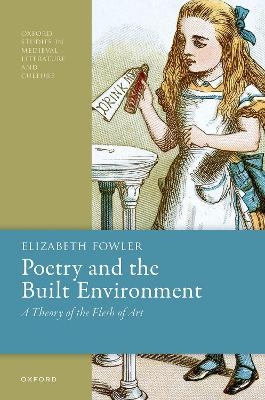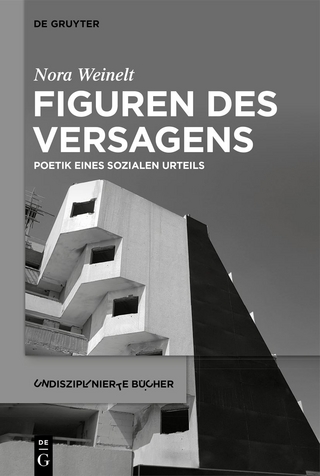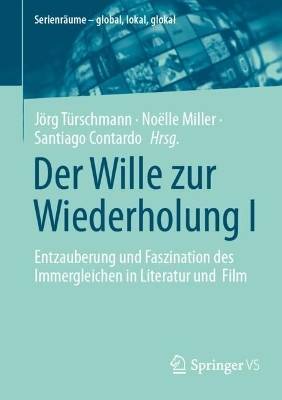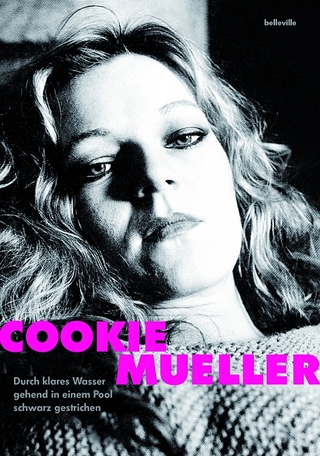
Poetry and the Built Environment
Oxford University Press (Verlag)
978-0-19-288899-0 (ISBN)
Like gardens, sculptures, paintings, and architecture, Fowler argues, poems are cultural artifacts designed to appeal to our divergent human bodies. As we move through the built environment, we draw on our achieved expertise in negotiating its complex instructions to us. So it is when we read. All art mobilizes our bodily expertise, deploying sophisticated conventions and entangling the virtual with the real. As we engage with them, poems, like other artifacts, support skilled collaborations of the sensate (our perceiving flesh) and the sensible (the perceptible properties of the artifact), further developing our kinesthetic and cultural expertise.
In ten essays, this book explores a range of works by poets from Geoffrey Chaucer and John Milton to Seamus Heaney and Tracy K. Smith, and by artists from Jean de Touyl and Nicholas Stone to Antonin Mercié and Kara Walker. Fowler calls the sphere of interaction between us and such artifacts "the flesh of art," signaling the phenomenological nature of her approach. She theorizes how interactions with art enflesh and acculturate us, making art a primary means through which we orient ourselves in spatiality and work out our places in the social world. Writing poetics at the juncture between aesthetics and politics, Fowler concludes with 43 theses in manifesto. Poetry and the Built Environment insistently demonstrates art's ability to shape us. In poetry, Fowler argues, we see how, especially when the transparency and sensibleness of the world are under stress, art equips us with strategies for transformation.
Elizabeth Fowler is a literary scholar and former architect. Her writing concerns language in the context of other cultural practices, and she is working on a study of prayer. She is the author of Literary Character: The Human Figure in Early English Writing (Cornell), co-editor with Roland Greene of The Project of Prose in Early Modern Europe and the New World (Cambridge), and one of five general editors of the forthcoming Oxford Collected Works of Edmund Spenser. She held a post-doc at Harvard, taught at Yale, and now teaches at the University of Virginia and lives on the Blue Ridge.
List of Figures
List of Principle Objects
Acknowledgements
Introduction: Art is the Habituation of Bodily Experience
Part I: Station
1: Aspects of Virtual Space
2: and Orientation
Part II: Motion
3: Potential Energy of the Artifact
4: Contagion of Attitude: Standing, Lying, Turning
Part III: Virtual Pleasure and Pain
5: Roaming in the Gap Between Sensation and Meaning
6: Reformation of the Senses
Part IV: Ductility and Genre: The Case of Elegy
7: and Emotion: Shattered Grief
8: and Emotion: Enriching Grief
Part V: Virtual Injuries and Rewards
9: in the Historical Space of Injury
10: The Body in the Station
Afterword: A Theory of the Flesh of Art in Manifesto Form
Bibliography
Index
| Erscheinungsdatum | 22.08.2024 |
|---|---|
| Reihe/Serie | Oxford Studies in Medieval Literature and Culture |
| Zusatzinfo | 35 black and white figures |
| Verlagsort | Oxford |
| Sprache | englisch |
| Maße | 160 x 240 mm |
| Gewicht | 590 g |
| Themenwelt | Kunst / Musik / Theater ► Kunstgeschichte / Kunststile |
| Geisteswissenschaften ► Sprach- / Literaturwissenschaft ► Anglistik / Amerikanistik | |
| Geisteswissenschaften ► Sprach- / Literaturwissenschaft ► Literaturwissenschaft | |
| ISBN-10 | 0-19-288899-4 / 0192888994 |
| ISBN-13 | 978-0-19-288899-0 / 9780192888990 |
| Zustand | Neuware |
| Haben Sie eine Frage zum Produkt? |
aus dem Bereich


